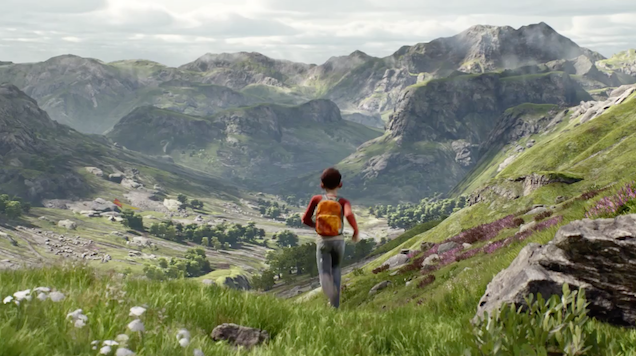


They also require the least amount of tweaking to get them looking good. I chose mostly nature assets because the majority of the assets on the site seem to fit that narrative. You can also download the free displacement blend materials on Gumroad! Assets What had started out as a lazy afternoon had slowly evolved into a full-on project that anybody can download and use to test out their textures, complete with lighting and asset examples. You can change the contrast of the blend to create a muddy shoreline, alter the color and height of the puddle, use world-space UV’s. With them, it’s easy to just plug in your textures and go, blending between 2 texture sets, or puddles. So I took all of my Parallax Occlusion blend materials and converted them into Displacement Blends, and the results speak for themselves. They’re all made in such a way that they can be easily scaled down in polycount and texture resolution without too much of a loss in quality.Īnother goal was to see how far displacement tessellation could be pushed in Unreal 4. The creation of the scene wasn’t really focused on creating content, because I really wanted to see how fast I could actually build one using (mostly) assets directly downloaded from Megascans (the trees are from the Unreal Kite demo). I took my Parallax Occlusion master materials and tested them out in Unreal, and bit by bit the scene slowly started to come together. Once I’d downloaded a few meshes and materials and seen just how amazing the quality of them was, it was time to take the next step and see how much mileage I could get out of them.

What started out as just signing up to the site turned into much more. At that point, all I really wanted to do was play another round of Fortnite, but I eventually gave in and subscribed to Megascans just to see what all the fuss was about. “Get into Unreal and do something cool”, my brain said. This whole thing honestly started out as me forcing myself to do something productive.


 0 kommentar(er)
0 kommentar(er)
